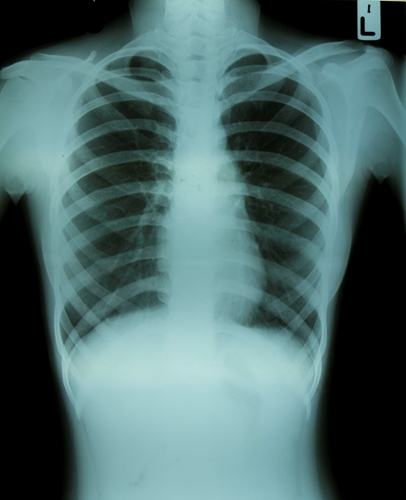Health care providers have dealt with the difficult challenge of diagnosing and treating cancer for years. Despite technological advancements in medical imaging, there are still multiple risk factors that affect survival rates, such as breast tissue density.
Yet, state governments have been working to pass notification laws regarding these diagnostic reports, alerting women to the potential development of cancer.
Ohio approves new bill for density reporting
The number of states with notification laws in place has now hit 20 after Gov. John Kasich of Ohio signed a new bill into law, HealthImaging reported. Under the new regulations, diagnostic radiology facilities in the state are required to include specific statements regarding breast density with written reports for patients.
The main concern regarding dense tissue is that it can cloud mammography results and mask malignancies from radiologists. An area of the breast with concentrated growth might be skipped over by an unsuspecting doctor, leaving patients at risk of having their cancer go untreated for weeks and sometimes even months.
However, the advent of digital breast tomosynthesis has contributed to reductions in false positive reports and recall rates, making it a viable addition to traditional mammography exams. A team of researchers from Yale University evaluated the use of DBT in clinical practices, focusing on instances of follow-up appointments that were associated with breast density and other risk factors. Retroactively examining 17,955 mammograms conducted between August 2011 and December 2012, lead author Melissa Durand, M.D., and her colleagues found that traditional mammography with the addition of DBT reduced recall rates by 37 percent.
The research, published in the journal Radiology, underscores the factor that DBT plays in navigating concerns about tissue density. With awareness campaigns from Are You Dense Advocacy and other organizations, physicians can improve the effectiveness of density notification statements by providing patients with more information than ever before.
Research shows cancer rates down
Given the addition of advanced imaging techniques like DBT and improved understanding of treatments, the hope of reducing cancer deaths is steadily becoming a reality. According to an announcement from the American Cancer Society, the past two decades have seen a 22 percent drop in mortality rates in the U.S., AuntMinnie.com reported.
The annual report from ACS, called Cancer Facts & Figures 2015, attributed the decline to fewer Americans smoking tobacco. Additionally, the reductions have been greater among men, who previously experienced higher death rates as they smoked more than women. Between 1990 and 2011, cancer-associated fatalities dropped 36 percent among men, compared to 11 percent for women, between 2002 and 2011.
However, breast cancer death rates are also down 35 percent from peak rates, while prostate and colorectal-related deaths have fallen by 47 percent.
In addition, the ACS report offered expert predictions for 2015, including:
- There will be 1.7 million new cancer cases and 589,000 deaths in the U.S.
- Prostate, lung and colorectal cancers will account for half of male patient cases
- Breast cancer will be the most common diagnosis among women and contribute to 29 percent of all new cases.
Contact Viztek for more information.
Ronny Bachrach
Latest posts by Ronny Bachrach (see all)
- Konica Minolta Debuts First-of-Its-Kind Digital U-Arm System at AHRA - July 27, 2016
- Researchers Detect Signs Of Stroke Risk Using MRI - June 27, 2016
- Imaging Biz: Q&A with David S. Channin MD: How to Make PACS Patient Centered - June 22, 2016










